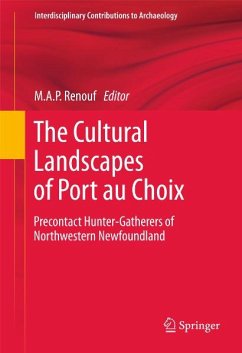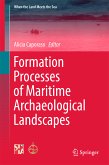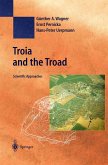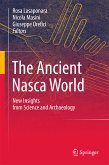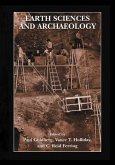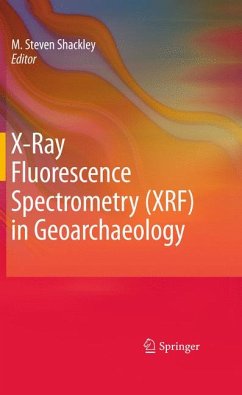Dieser Download kann aus rechtlichen Gründen nur mit Rechnungsadresse in A, B, BG, CY, CZ, D, DK, EW, E, FIN, F, GR, HR, H, IRL, I, LT, L, LR, M, NL, PL, P, R, S, SLO, SK ausgeliefert werden.
"The volume is organised into fourteen chapters bracketed by an introduction and a conclusion written by Renouf ... . This volume is recommended for students of archaeology as a useful text on culture history, methodology, and ways of thinking about data sets. I recommend this volume to researchers for the model or template it provides when planning research programmes and setting research standards." (Marianne P. Stopp, Canadian Journal of Archaeology/Journal Canadien D'Archeologie, Issue 37, 2013)

